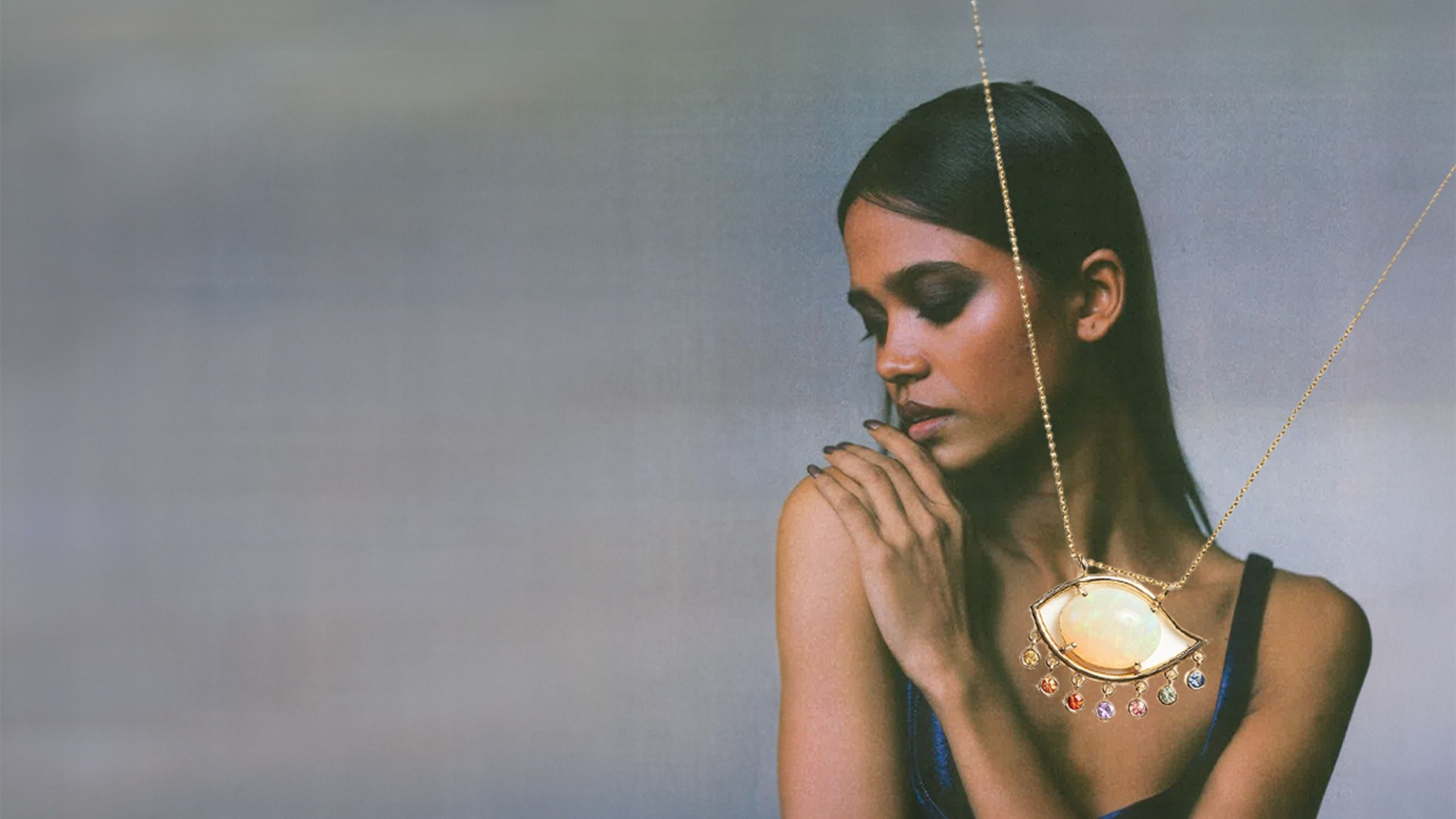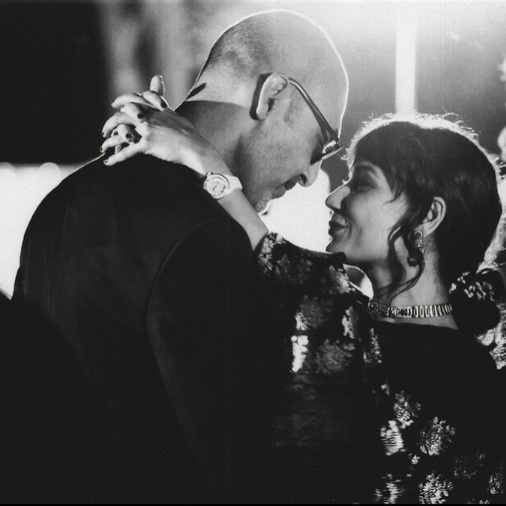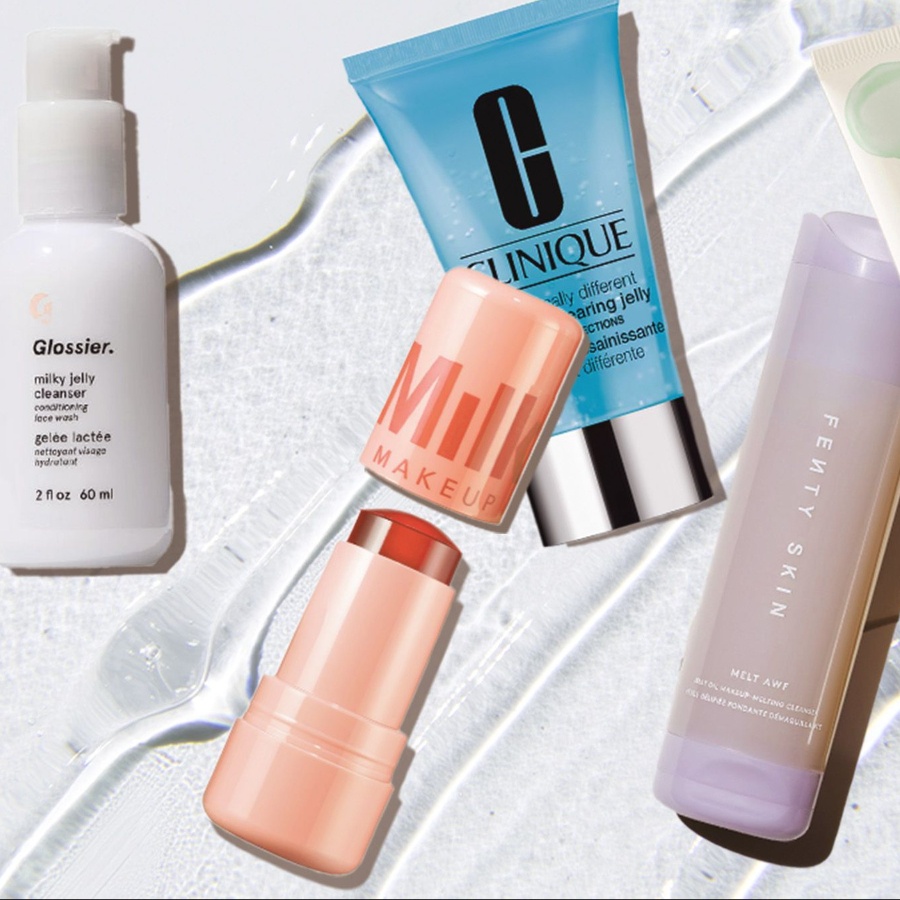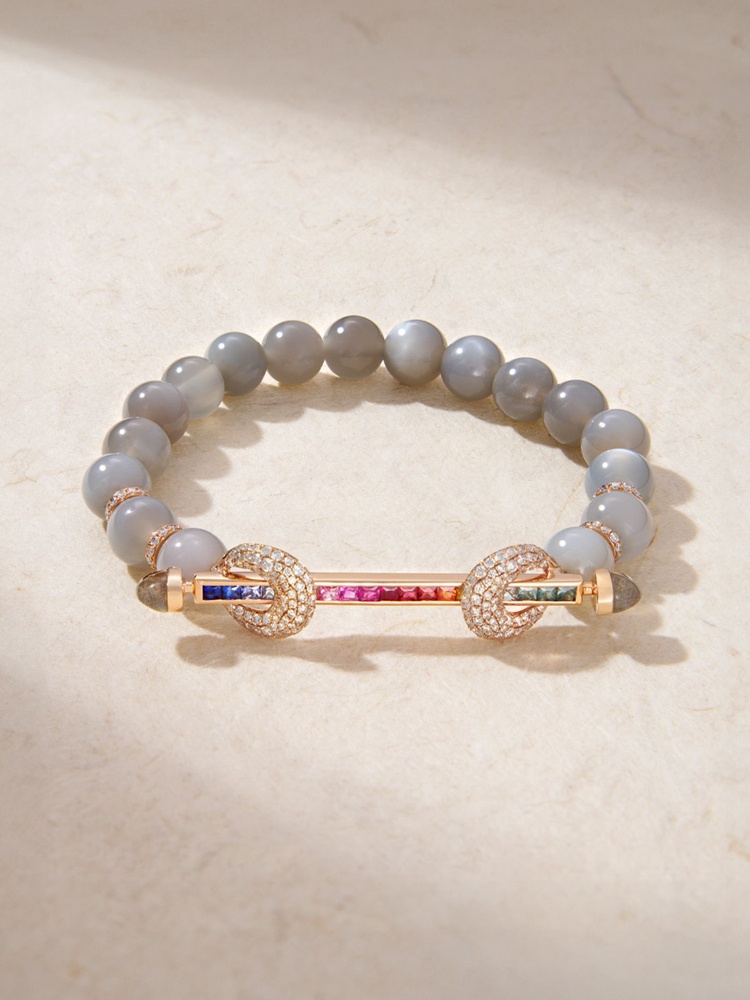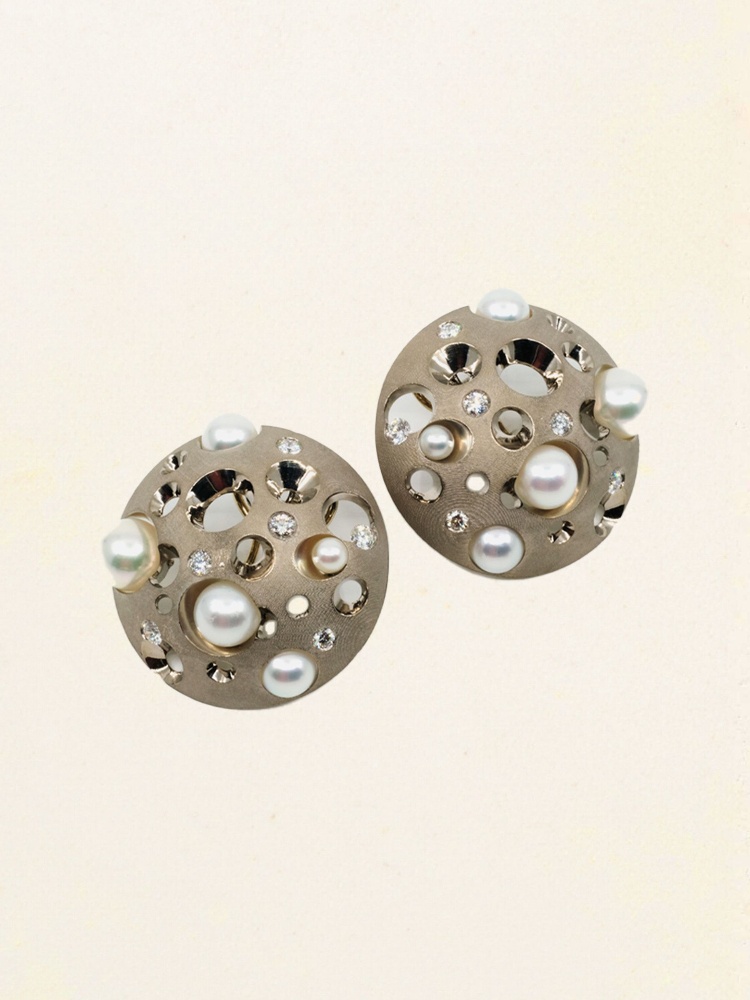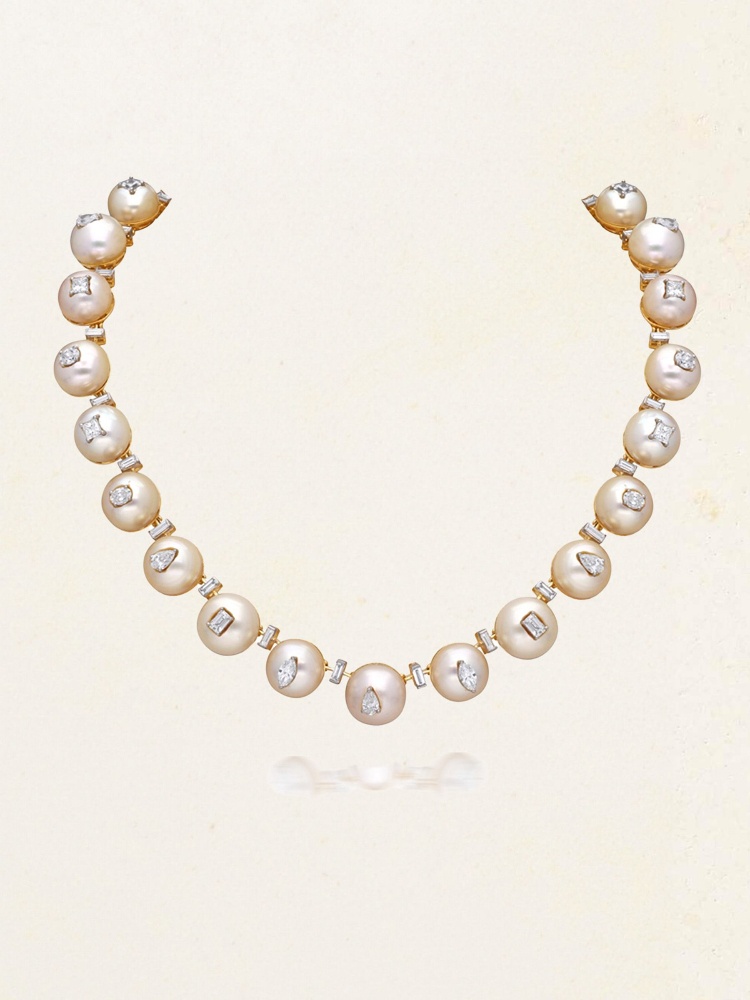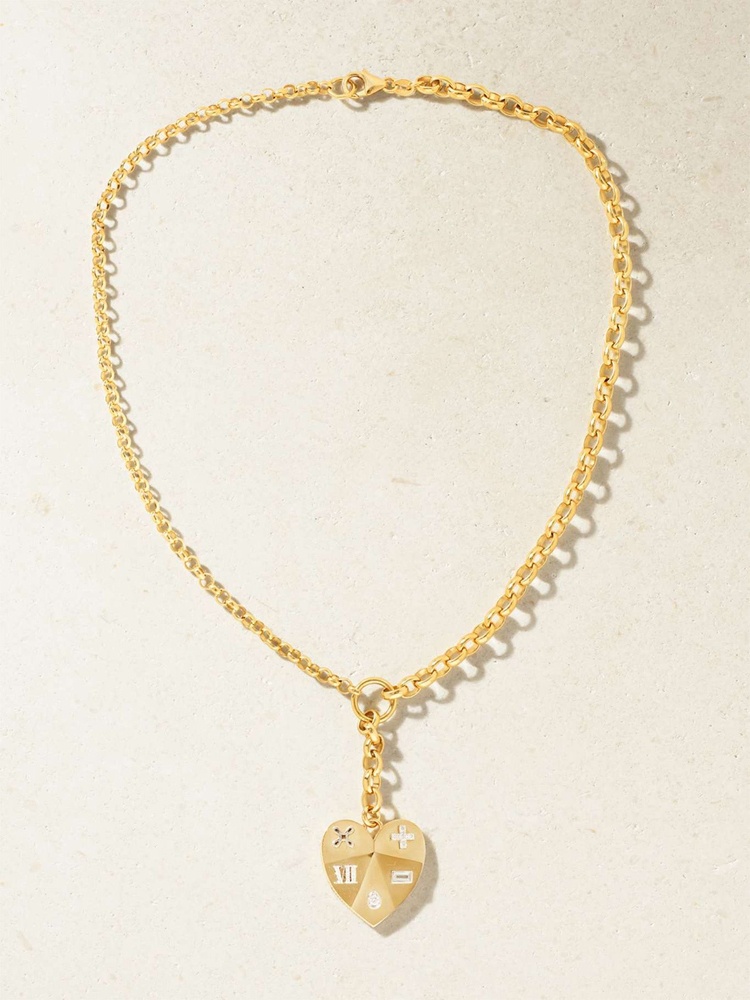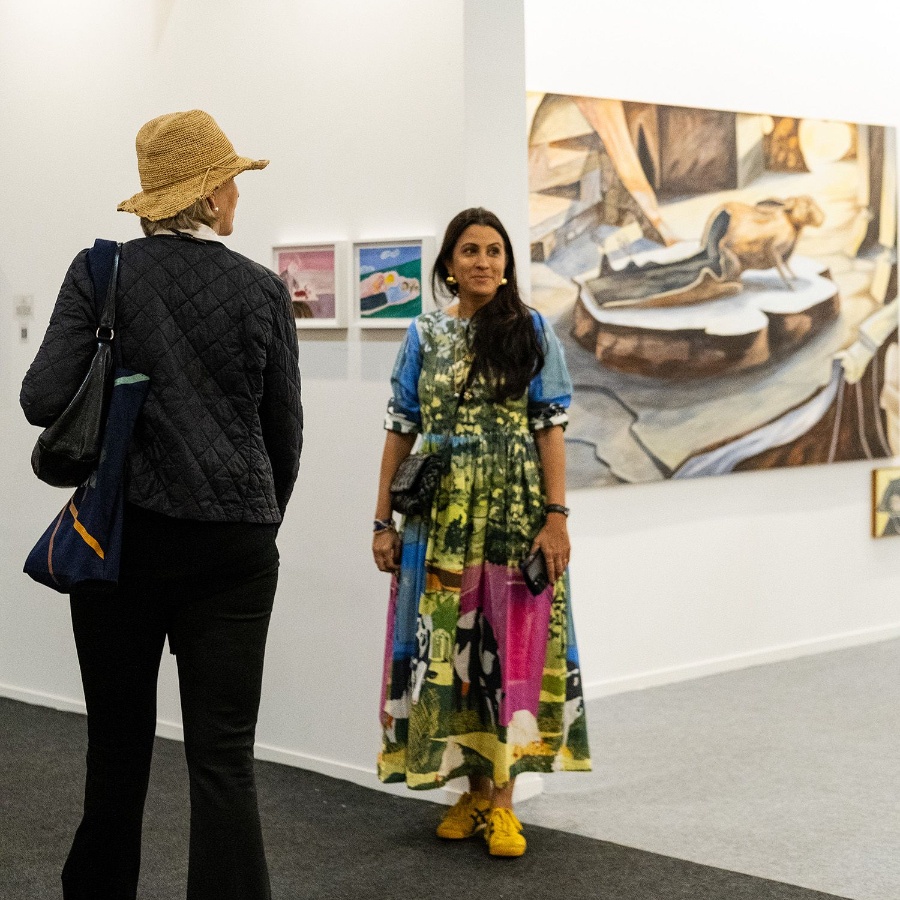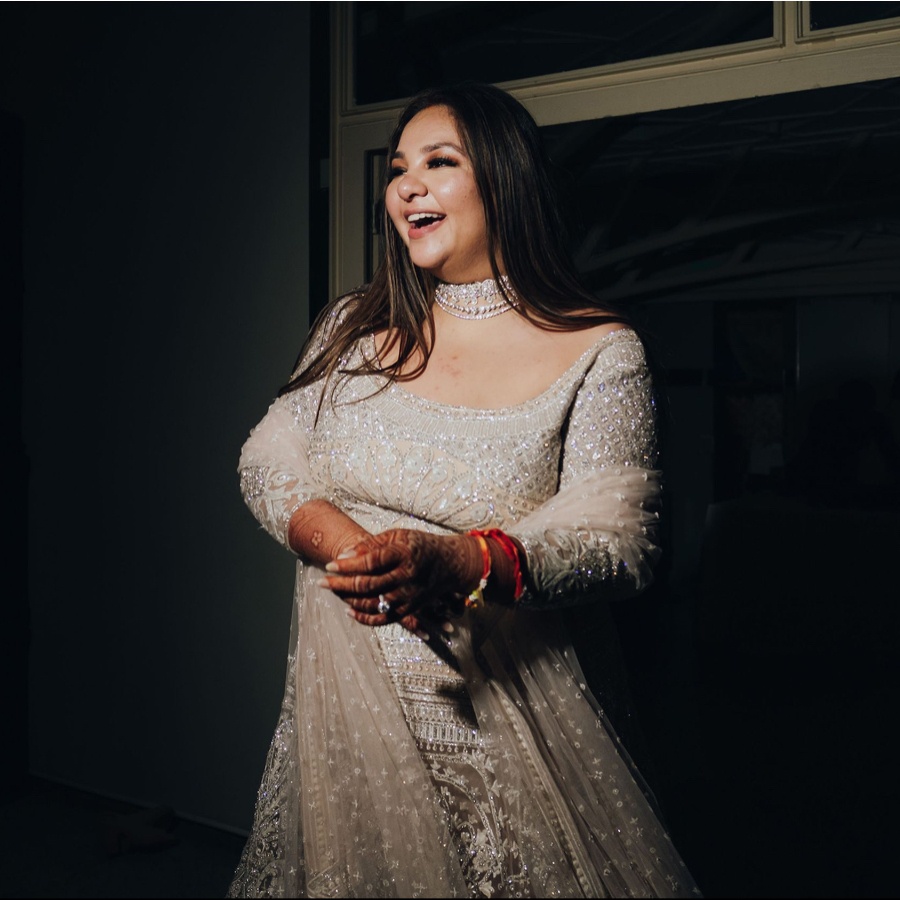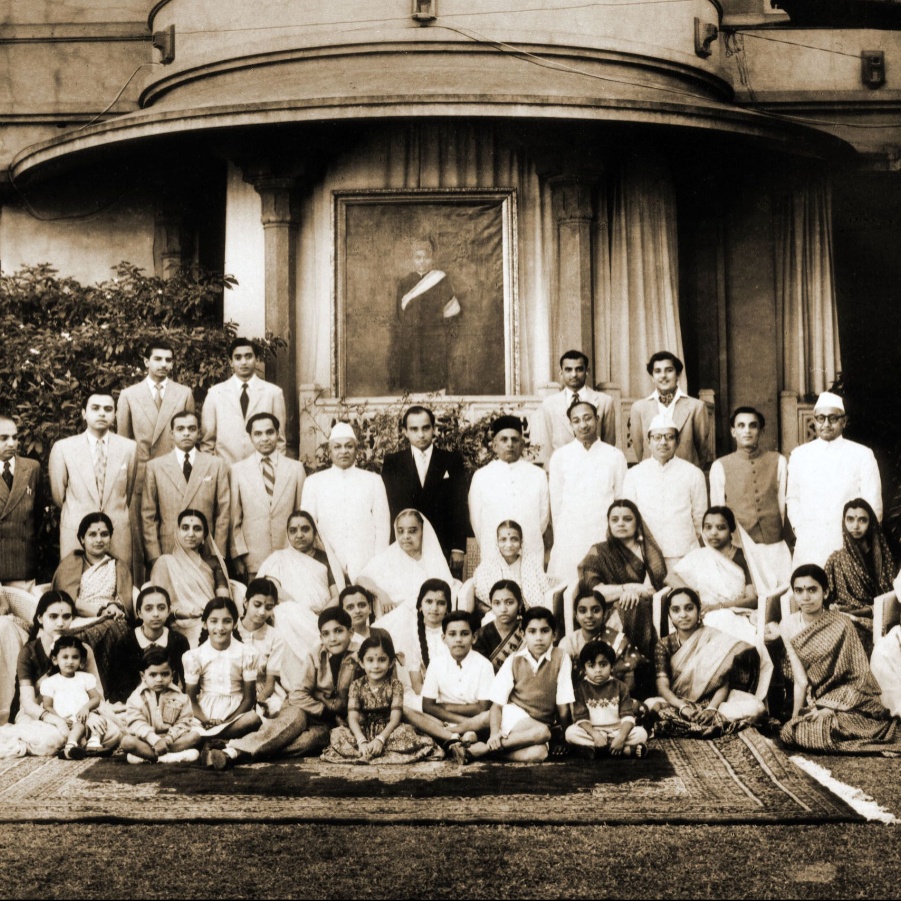Jewellery consultant Radhika Somaia recently had a career-defining moment: the London-based communications strategist, who specialises in independent jewellery brands, was in Paris for a meeting with one of her favourite jewellers, Elie Top. “He’s one of the most inimitable people I’ve ever met,” she shares, “all the best things of the past and present.” Elie’s jewellery was something Radhika had always dreamed of owning; they were “wonderful works of art”, each one refreshingly individualistic. During the meeting, Elie happened to bring out a set of the Lucky Charms collection he had just launched. These pieces spoke to Radhika in a way that felt deeply personal. She bought a heart charm necklace immediately. “I don't think I even asked what materials the piece was made of,” she admits. “It was inconsequential. For me, this piece marks a moment in my life, imbued with memories and stories.” She doesn’t consider it an impulsive splurge. Against all appearances, she had made a considered, educated investment.
“Originally, jewellery was perceived as an investment based on the gold or the diamond, or whatever material went into it,” shares Roshni Jhaveri, co-founder of jewellery brand Studio Renn in Mumbai. “Now, especially among younger people, we’re seeing that they’re still looking at it as an investment, but more from a design point of view.” Roshni’s partner, Rahul, suggests that in this sense, collecting jewellery is like collecting art.
